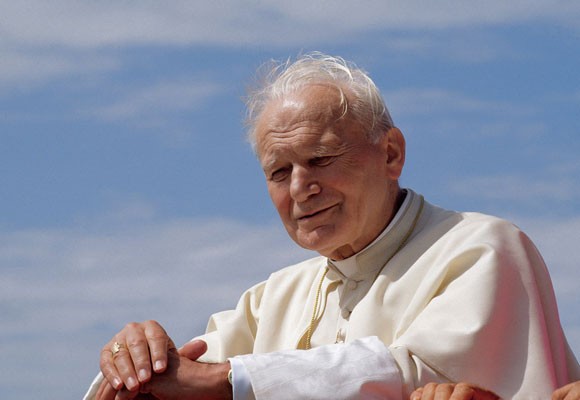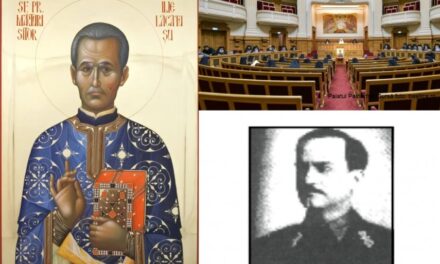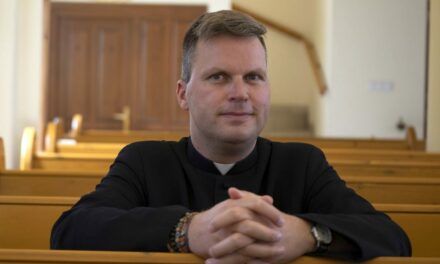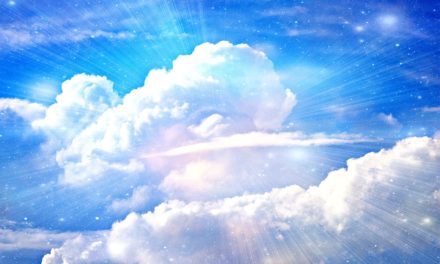St. II. Pope John Paul II was born Karol Józef Wojtyła on May 18, 1920 in Poland, in the small town of Wadowice, 50 kilometers from Krakow.
In 1942, he began his studies at the illegal seminary in Kraków under the direction of Cardinal Adam Stefan Sapieha. He was ordained a priest by Cardinal Sapieha in Krakow on November 1, 1946. Not long after, he was sent to Rome, where he studied under the French Dominican monk Garrigou-Lagrange. He obtained his doctorate in theology in 1948. He wrote his dissertation entitled The Interpretation of Faith According to Saint John the Baptist. During his studies, he spent the summers in France, Belgium and the Netherlands with the pastoral care of Polish emigrants.
He returned to Poland in 1948 and served in various parishes in Krakow and as a university chaplain. He continued his philosophical and theological studies from 1951, then became a professor of moral theology and ethics at the Kraków seminary and the theological faculty of the University of Lublin.
On July 4, 1958, XII. Pope Pius appointed him auxiliary bishop of Krakow. He was ordained a bishop on September 28 in the Wawel Cathedral in Krakow. He later kept his episcopal motto as pope: Totus Tuus (Totally Yours). In January 1964 VI. Pope Pál appointed him Archbishop of Kraków, and on June 26, 1967, he created him a cardinal.
Karol Wojtyła participated in the II. at the Vatican Council, and had an important role in the formulation of the pastoral constitution beginning with Gaudium et Spes.
He was elected pope on October 16, 1978, after the death of John Paul I. Out of respect for his predecessors, II. He chose the name János Pál. On October 22, he presented his enthronement mass in St. Peter's Square. In his homily, the famous "Do not be afraid!" notice.
II. John Paul II was the 264th in the line of heads of the church, the first non-Italian pope in 455 years, the first Slavic pope. His nearly 27-year pontificate is one of the longest in history.
He led the Church with prayer and care, his every appearance was imbued with serenity and hope. Peter performed his service with a tireless missionary spirit: he made 104 apostolic journeys outside Italy and 146 within Italy. As the bishop of Rome, he visited almost all the parishes of the eternal city. He visited Hungary twice: between August 16 and 20, 1991, and September 6-7, 1996.
He met more church and state leaders than any of his predecessors. More than 17 million people attended Wednesday's general hearings during his papacy. In the great jubilee year held in 2000, more than 8 million pilgrims came to Rome.

His love for young people led him when he announced World Youth Day. During his papacy, he met millions of young people 19 times in this regard.
II. Dialogue with other religions was a defining moment of John Paul II's papacy. He was the first pope to enter a synagogue in 1986. At his invitation, the leaders of the world's religions met several times in Assisi to pray together for world peace.
With his preparation, his deep knowledge of people, and his prayer, he contributed to the social changes in Central and Eastern Europe, to the collapse of the communist system.
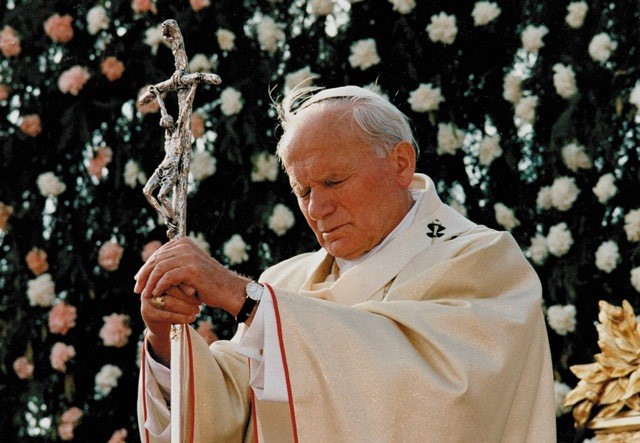
He died on April 2, 2005, the vigil of Divine Mercy Sunday, which he made a liturgical day. Millions of pilgrims came to Rome in those days. His funeral took place on April 8.
Successor, XVI. Pope Benedict beatified him on May 1, 2011, and set his feast day for October 22.
In July 2013, Pope Francis signed the document necessary for canonization, and then on April 27, 2014, Divine Mercy Sunday XXIII. He was canonized together with Pope John II. Pope John Paul.
Source: Hungarian Courier

